University of Wyoming
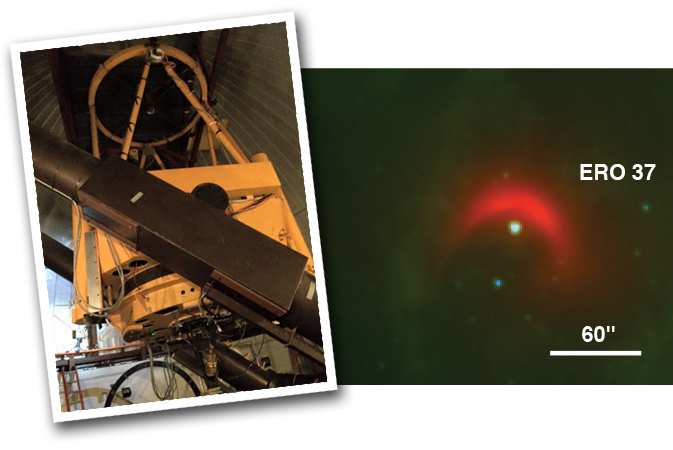
PHOTO (above left): The 2.3-meter Wyoming Infrared Observatory (WIRO) inside the dome (photo:Matt Bryant)
PHOTO (above right): Images of bowshocks near the Carina Nebula from a paper accepted to Monthly Notices of the Royal Astronomical Society led by Remington Sexton , Cal-Bridge Summer scholar and Cal Poly Pomona class of 2013 (Sexton et al. 2015)
Astronomy Research at University of Wyoming
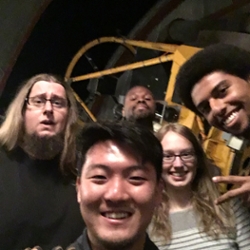
During the summer of 2024, our program will focus on discovering and confirming exoplanets. Students will use the 0.6 meter and the 2.3 meter telescopes to acquire high-precision photometry and spectroscopy of transiting exoplanet candidates. Light curves and velocity curves will be utilized to constrain planet radii, masses, and orbits. Students will learn how to process and analyze astronomical spectra and imaging data, learn techniques in scientific programming, and become expert observers. During the summer of 2024, the REU cohort will take data on every clear night using our 2.3-meter telescope on nearby Mt. Jelm.
Situated between two mountain ranges and lying at an elevation of 7,200 feet, Laramie's location provides excellent outdoor opportunities in the Rocky Mountain West. Previous REU participants have gone on hiking, climbing, rafting, camping, and nature/wildlife photography excursions. Destinations typically include Grand Tetons National Park, Yellowstone National Park, and local mountain ranges in southern Wyoming and northern Colorado. Laramie's unique cultural flavor combines elements of the rugged rural west with the cosmopolitan aspects of an intellectual center. By car, Laramie is approximately two hours from Denver.
Program Details
What is it?
Selected students will receive a $6000 stipend plus another $1000 for food as well as housing in on-campus apartments for the full 10 weeks. In addition, participants will be provided with housing and reimbursed for travel from home or campus to Laramie, Wyoming. The research program runs May 20 to July 26, 2024 (10 weeks). Participants must be available during the entire 10-week period of the program.
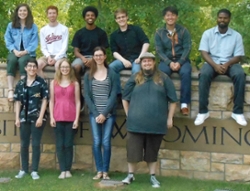
Who should apply?
Applicants must be United States Citizens or Permanent Residents and at least 18 years of age by the beginning of the program. Applicants must be enrolled at a CSU or California Community College at the time of their application. Participants may not have graduated from their 4-year institution before the beginning of the summer internship, but community college students may be in the process of transferring to a 4-year institution.
When and How to Apply
Applications are due February 1, 2024. To apply to the program, go to the Application Home Page. In addition, you must ask two faculty members (or others familiar with your academic or work background) to submit letters of reference. Indicate their names, addresses, phone numbers, and e-mail addresses in your on-line application where appropriate.
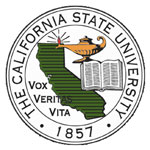
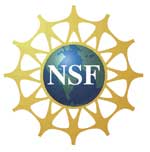
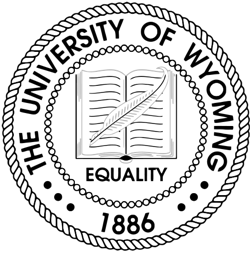
This material is based upon work supported by the National Science Foundation under Grants DUE-1741863, AST-1636646, and AST-1836019.